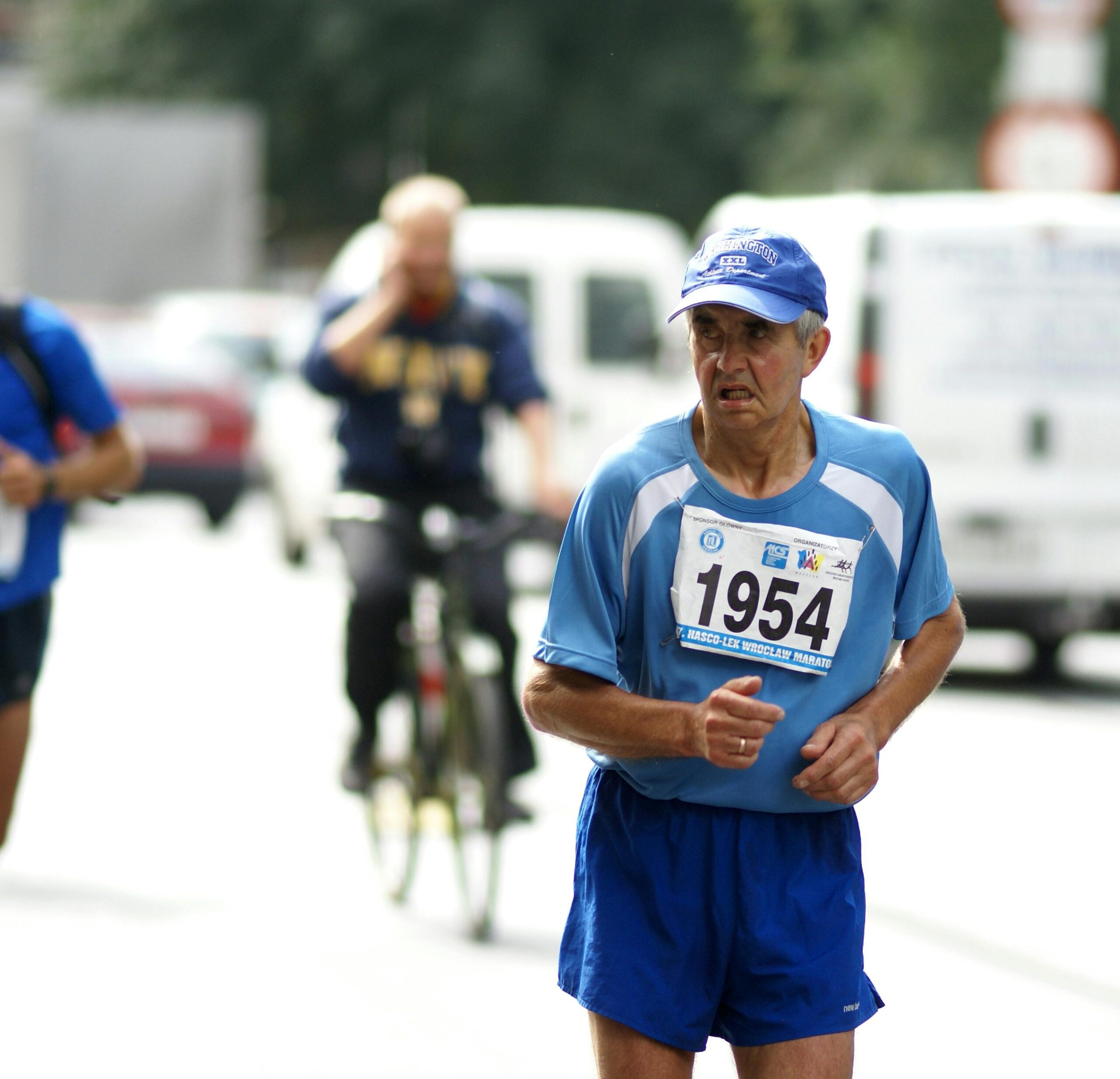Alternative Energy
The Importance of Staying Active as You Age

Many older adults become more sedentary as they age due to osteoarthritis, serious illness, or just not having as much energy as they had in their younger years. However, remaining physically active is an essential part of staying healthy. Even if you can’t move as fast as you once did, you can still engage in physical activity appropriate for your fitness level. Whether you want to start or increase a fitness program, choosing attainable physical activities will give you a sense of accomplishment and make you feel better.
Why Older Adults Should Continue to Exercise
It’s never too late to start exercising, as regular physical activity has many significant health benefits. Those who participate in exercise have a lower risk of heart and vascular disease, type 2 diabetes, stroke, and some types of cancer. When active, you’re better able to maintain an appropriate weight. Certain types of exercise can improve your strength to prevent injuries and help you remain independent. Health professionals recommend exercise to ease pain associated with arthritis and other afflictions while also helping you with anxiety and depression. Most importantly, remaining active will help you keep your balance and prevent falls.
How Much Exercise Should Older Adults Get?
The Centers for Disease Control (CDC) recommends that adults age 65 and older strive for at least 30 minutes of moderate aerobic activity per day for a total of 150 minutes per week. While that amount of activity may seem difficult, you may have already incorporated some into your routine. Appropriate aerobic activities for older adults include:
- Brisk walking
- Swimming
- Dancing
- Biking
- Hiking
- Tennis and pickleball
- Climbing stairs
- Moderate sports leagues
- Water aerobics classes
- Land aerobic fitness classes
Even mowing the lawn or garden can count as aerobic activity. If you haven’t participated in land aerobics classes or any other fitness routine for years, consult your doctor before beginning. Starting with low-impact classes is easier on the joints, especially the knees, but many older adults can still do higher-intensity exercise with proper training and supervision.
Do More Than Just Cardio Training
Aerobic activity is great for maintaining heart and vascular health, but older adults should do a combination of workouts, the same as younger people. You should incorporate muscle strengthening and balance training in two to three sessions of strength and balance training per week in addition to aerobic activity. Strength training includes lifting weights, using resistance bands, and doing body-weight exercises like sit-ups and push-ups. Balance training involves standing on one foot or doing yoga and tai-chi classes. Strengthen your core muscles will also improve balance. Yoga can also help with flexibility, which is another area you should not ignore.
Make Physical Activity Fun
A critical aspect of remaining active is to enjoy what you’re doing. Working out with a friend or going regularly to a gym or class provides socialization. Remember that you can work with personal trainers or get advice from fitness instructors on what activities will address your needs.
-

 Press Release4 days ago
Press Release4 days agoClinical Trials Market Set for Robust Growth, Driven by Drug Development Surge and Digital Innovation
-

 Press Release5 days ago
Press Release5 days agoFill-Finish Pharmaceutical Contract Manufacturing Market Expected to Flourish Amid Biopharmaceutical Boom and Global Outsourcing Trend by 2035
-

 Business6 days ago
Business6 days agoHow Managed IT Solutions Help Small Teams Compete at Enterprise Scale
-

 Press Release5 days ago
Press Release5 days agoGreen Bio Chemicals Market Poised for Sustainable Growth amidst Global Shift to Eco-Friendly Alternatives by 2035
-

 Press Release5 days ago
Press Release5 days agoIndustrial Boiler Market Expected to Surpass USD 24.4 Billion by 2035 Amid Growing Demand for Energy Efficiency and Industrialization
-

 Press Release5 days ago
Press Release5 days agoPreventive Vaccines Market to Witness Strong Growth by 2035
-

 Press Release5 days ago
Press Release5 days agoPet Food Nutraceutical Market Set for Robust Expansion Amid Rising Demand for Pet Wellness by 2035
-

 Press Release4 days ago
Press Release4 days agoWaterproof Structural Adhesives Market: A Comprehensive Study Towards USD 10.3 Billion in 2035










